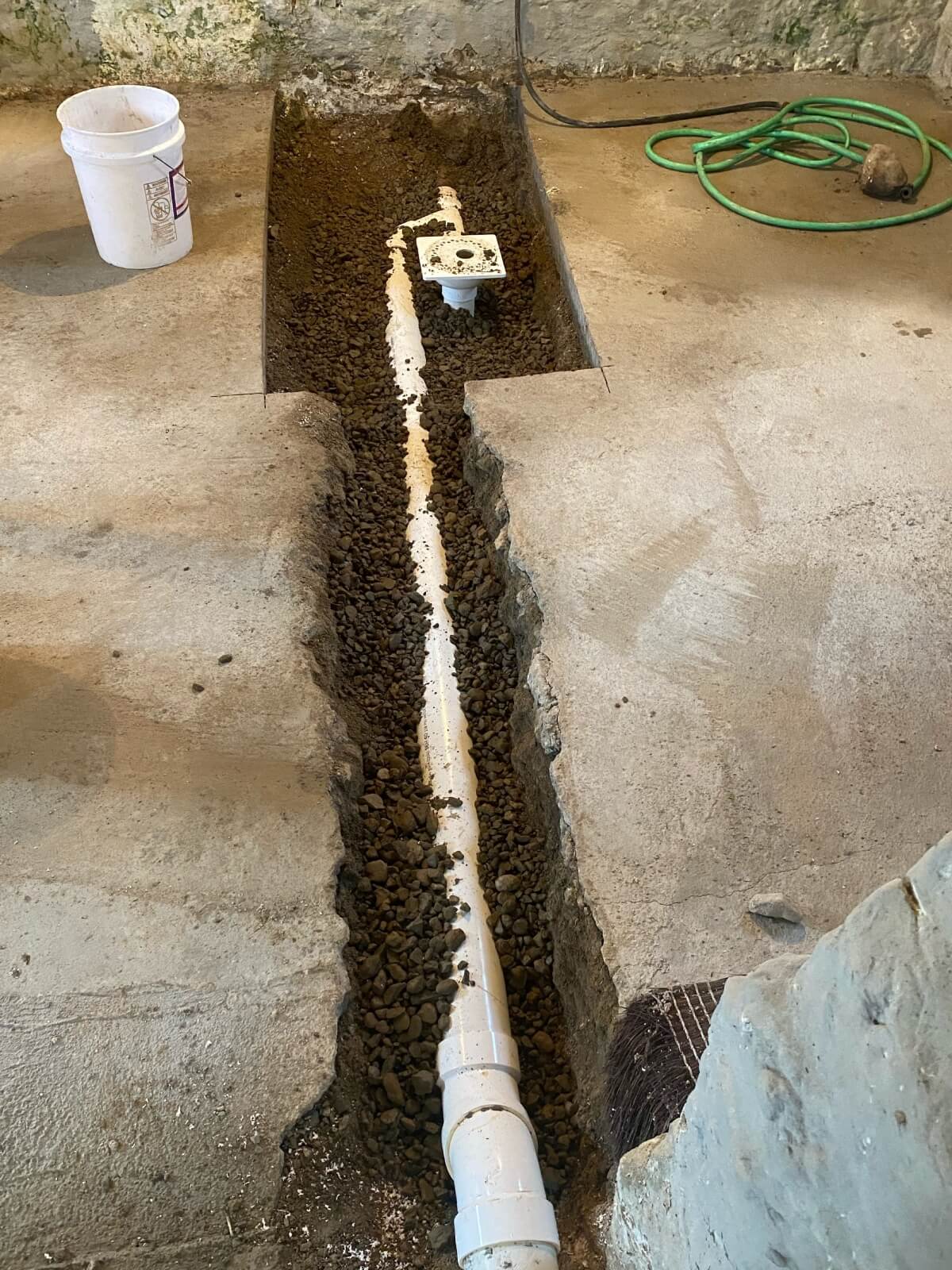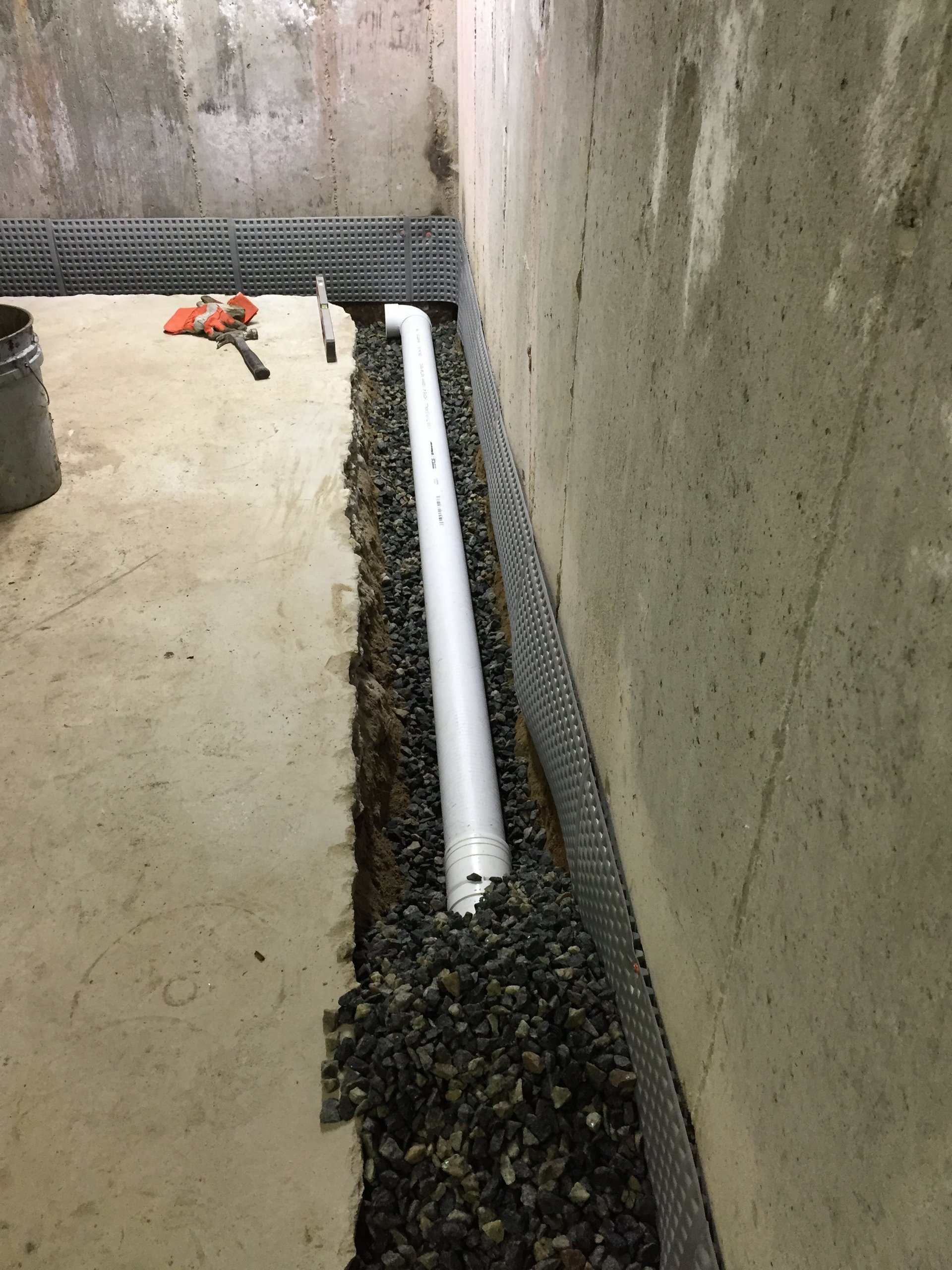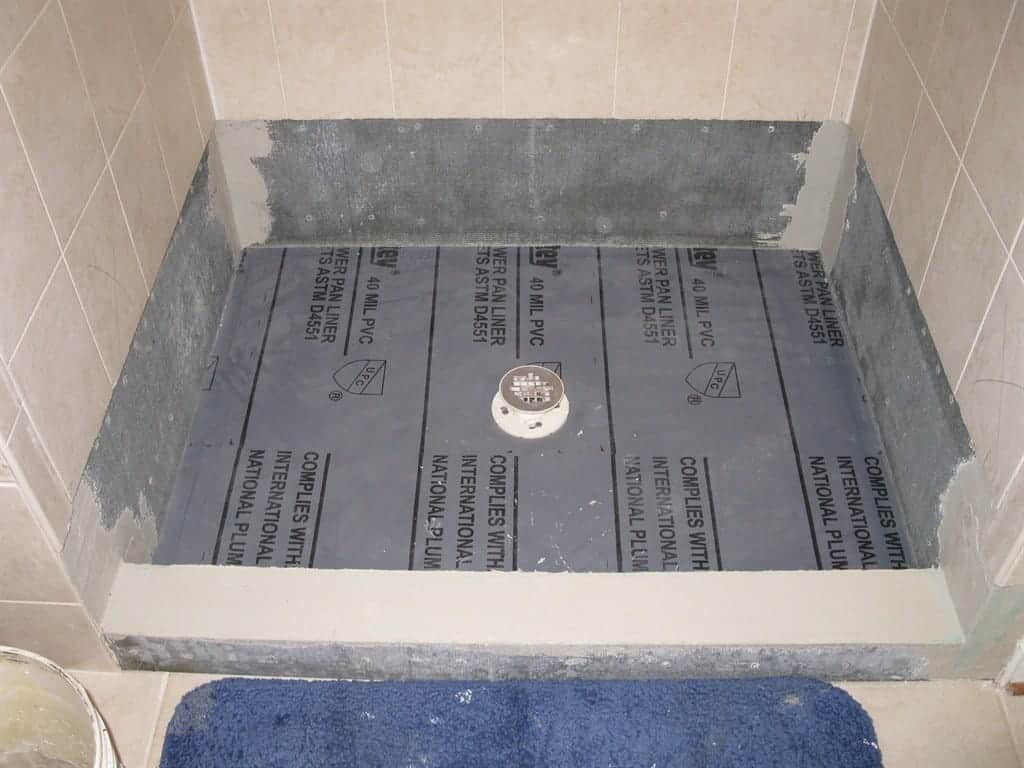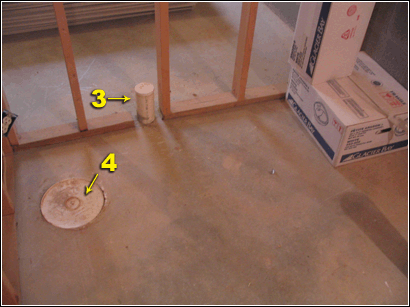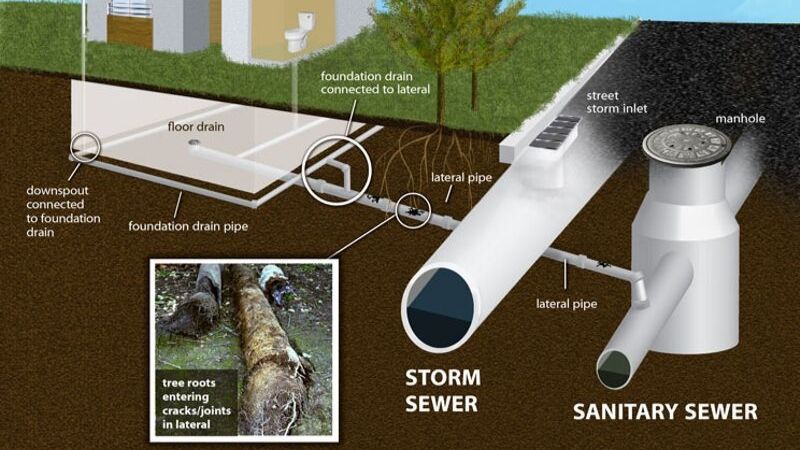A basement floor drain is an essential component for preventing water damage and maintaining a dry, safe environment. Typically, the drain connects to the home’s main drainage system, which directs water away from the basement and into the municipal sewer system. In some cases, the drain may lead to a sump pump, which helps to remove excess water and prevent flooding. Proper installation and maintenance of the floor drain are crucial to ensure it functions effectively and prevents water buildup.
Where Does A Basement Floor Drain Go
When installing a basement floor drain, it’s important to consider the location and slope of the drain to ensure efficient water flow. The drain should be placed in the lowest part of the basement floor to capture any water that accumulates. The floor around the drain should be sloped slightly towards the drain to direct water towards it. Additionally, a trap should be installed to prevent sewer gases from entering the basement. Regularly cleaning the trap and ensuring the drain is clear of debris will help maintain its functionality.
Maintaining a basement floor drain involves regular inspections and cleaning to prevent clogs and ensure proper drainage. Check the drain periodically to ensure it is not blocked by dirt, leaves, or other debris. Clean the trap and the drain opening as needed to remove any buildup. If the drain becomes clogged or shows signs of poor performance, it may be necessary to call a professional plumber for assistance. By keeping the basement floor drain in good condition, you can protect your home from water damage and maintain a dry, safe basement.
Shower Pan Liner: Things You Need to Know before Installing
BBP Plumbing Inc: Floor drain replacement in basement
Installing basement bathroom
French Drain Installation Norwalk, Stamford, West Hartford WaterGuard® Sub-Floor Drain System
What is a Lateral Pipe?
Shower Drain Plumbing Pipes Under Raise Foundation – How Do They Work – YouTube
12 best Animated Water Leak and Prevention images on Pinterest Damp basement, Wet basement and
Related Posts:
